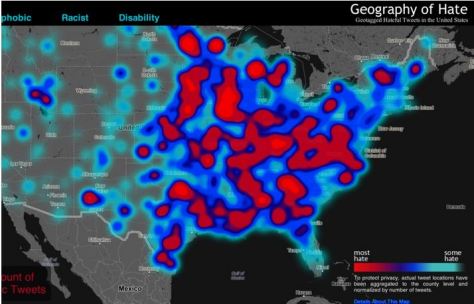
Teaching Artist Extraordinaire, Dreamyard Alum, Social Justice Advocate, and Author Renee Watson graced us with her presence last October and we came away with some valuable tools and tips, specifically regarding microaggressions:
Strategies for dealing with micro-aggressions from our session, not a complete list but what was recorded in our session:
2) If you have been micro-agressed against, you could:
a) confront the person who committed the microaggression
b) try to educate them
c) use questions such as ask them if they notice what they did, or ask “What makes you say that?” “Would you say that if…?”
d) you could unpack the language
e) you could ask someone else for support to hear your experience–take time to reflect and practice self care by talking it through
b) confront the person who committed the micro-agression, if the person who was targeted is ok with that
4) As an organization, we can offer more training to help people within every aspect of our organization learn about race, class, gender, sexuality, etc., so that people are less likely to commit microagressions and are more ready to own when they commit them.
- Social Justice is enacted in the classroom not just by the content being taught, but can be achieved every day in the way you establish a student centered, inclusive environment. Social Justice does not always mean you have to teach a social justice topic, it is about the approach to teaching, too.
- Creating opportunities for students to explore, reflect and connect emotionally with social justice issues is valuable–it elicits empathy and understanding. Social justice lesson plans don’t have to lead to students taking action, per se.
- A teacher doesn’t have to know all the answers or be an expert on a social justice topic in order to lead a lesson on a social justice topic. With some research and planning you can create a lesson and don’t need to know every answer. Students and teachers can learn together and find answers along the way to questions that arise.
- One of the biggest tools/skills that will help to create a safe environment to explore social justice issues is thoughtful scaffolding. I.E Low risk to high risk, from reading an article to writing a personal poem.












